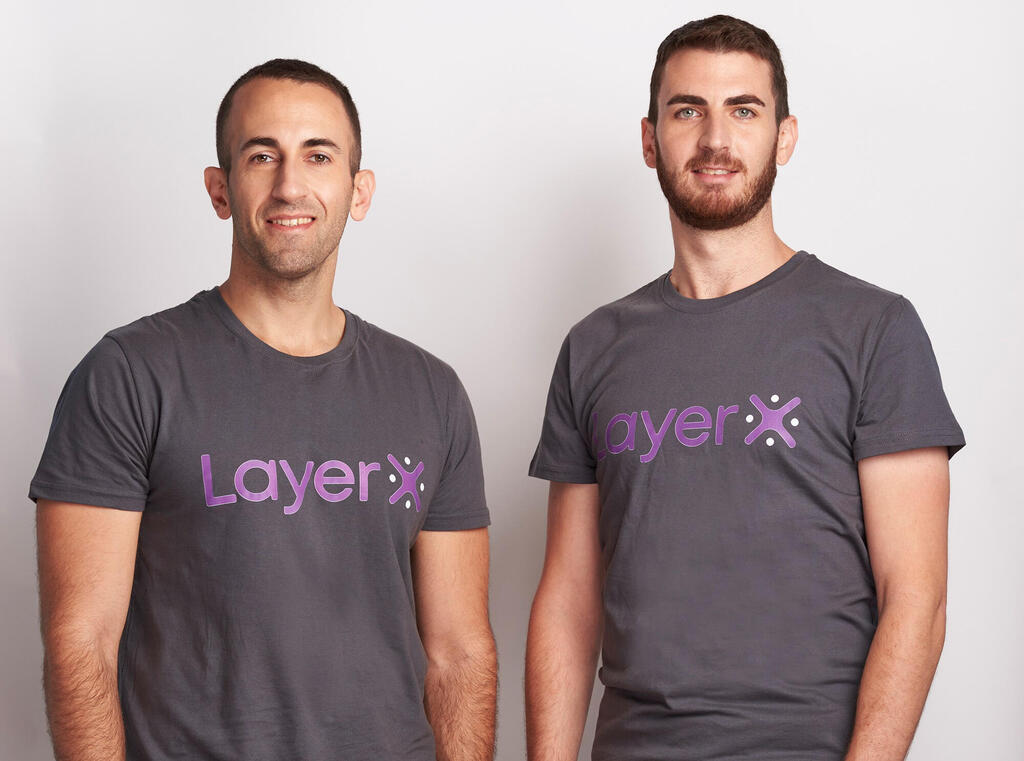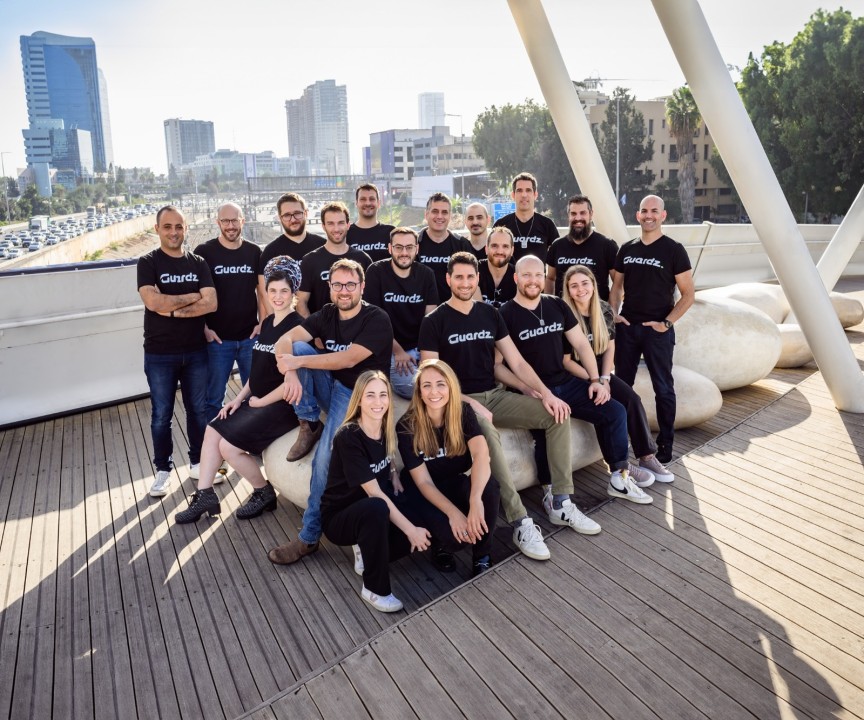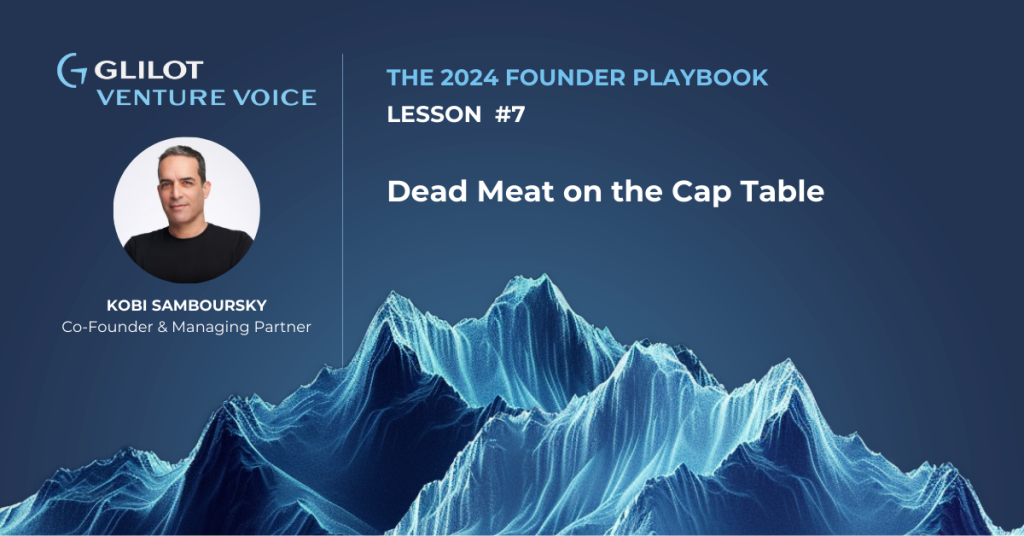Automating towards Digital Transformation with Lightlytics

Blog Series | Part 3 | Value Creation Founders’ Series

What does automation really mean and how can it be implemented in a successful and scalable way? With customer expectations matching the pace of emerging technologies, businesses are turning to automation to meet those expectations and reach a level of digital transformation to improve scalability, increase efficiency and create more cost effective practices. In the realm of automation are two key elements that help close the gap between business and customer, those are cloud transformation and the implementation of a DevOps culture.
To understand the role of automation and how businesses are changing their daily practices, I sat down with Or Shoshani, the CEO and Co-Founder of Lightlytics, a solution that empowers organizations to code and deploy configurations faster and safer from planning to cloud. We covered the importance of cloud transformation, the need to create a devops culture in order to successfully integrate automation into a business and how Lightlytics is leveraging the shifts of digital transformation to help businesses find their competitive edge in confident and secure deployment.
Let’s jump in!
—-
Lightlytics is rooted in cloud transformation that has become an integral part of businesses implementing digital transformation practices. A word on today’s current cloud environment – where we’ve come and where we are going.
-
Microservices: with the adoption of new technologies, microservices moved from being housed in one place to hundreds, if not thousands of micro services that are all communicating across different APIs through their own processes/structures increasing the speed and volume of services
-
Multi-cloud environments: organizations are dealing with multiple vendors creating more complex environments to create technical flexibility but also opens the door to increased security risks…
-
Infrastructure as code: organizations can code configurations or infrastructure like software and adopt software like principles. With thousands of configurations, how can you ensure the impact a single change will make on your entire posture?
Enter Lightlytics.
Lightlytics understands how a single configuration line may impact the entire posture of the cloud, both from an availability and security perspective. How? In making configuration changes, one’s entire database is potentially exposed to the Internet. Lightlytics understands that and immediately calculates and builds an impact analysis of each configuration change, all before deployment. Through the creation of a cloud digital twin, Lightlytics builds a model of the production environment and takes the proposed change, inserts it into the model as it’s supposed to be in the cloud. The result? Confident deployment and continuous cloud infrastructure operation. Put in simpler terms, Lightlytics is the equivalent of a crystal ball, giving cloud operation teams insight into the future, allowing them to automatically predict, pre-empt and prevent failures that disrupt business.
Let’s see it in action…
-
The players: An enterprise in the Fintech industry and Lightlytics
-
Desired outcome: Fully automate the process of deploying configurations in the cloud
Go. In this case, this enterprise was working with three different teams for code and design review to manually understand the impact each change would have on the resiliency of the posture. From the DevOps team that actually does the configuration changes to the security teams that understands the impact on the security posture – these changes are made manually which can add up to days.
The end goal of this enterprise is to automate all processes and effectively eliminate the human factor. Lightlytics is helping them achieve that by sitting in two critical places – production, in order to build the model of the digital twin and the CI/CD pipeline, to build and analyze the impact analysis of each change seamlessly. Rather than taking days to understand where and how to make changes, all teams can understand what changes need to be made, whether to accept changes or not, and add new features. On top of that, the application is much more resilient because there is less downtime in your production and the cloud operation, DevOps and security teams can find any and all gaps before deployment.
—
An important narrative came to light in my conversation with Or and that is the cultural shift that needs to happen in organizations to successfully automate and get closer to digital transformation. I asked him a couple of questions to help paint the picture.
Q: What does it mean to be culturally ready within an organization for digital transformation?
A: I think there are three pillars that enable the industry to go from the manual phase to the next step of automation to the endgame, which is fully automating the process of deploying anything to your production. The first pillar is cloud adoption as companies are moving from on-premise data centers to the cloud. With cloud adoption we are flattening multiple layers of infrastructure to one single layer. The second pillar is the culture change of DevOps engineers and their new responsibility to the cloud. The final pillar is bringing multiple teams together into one that allows for one team, responsible for all aspects that can integrate into one holistic solution.
Q: Where did the need for change come from?
A: I think you see that play out in the idea of infrastructure as code. Why? Because IaC allows organizations to adopt new methodologies of implementing and adopting software-like capabilities into infrastructure which makes room for automating techniques as if in the software world but is really in the infrastructure. This is a huge step, because only a few years ago nothing existed before deployment – it was just configuration and production and hoping for the best. Now, there is Git, Jenkins and other processes that put in place the necessary validations before deployment.
Q: What does the environment look like 10 years from now?
A: If you look at the state of DevOps Engineers now, they are short in staff and on top of that they are in charge of all aspects of production, which creates bottlenecks when deploying new capabilities. So, I believe that in five to ten years from now it is moving the capabilities towards the developers allowing them to make both configuration and infrastructure changes at the developer level which inherently allows the organization to move much faster.
In order to achieve this, you need to understand the impact of each change that the developer is about to do in production. The second piece is the building of new Terraform layers that together connect between two business elements and enable automatic configurations, all happening behind the scenes. Meaning all configuration changes in each layer and the building of new microservices happens on an automatic basis because DevOps, security teams and the like will not be able to meet the pace in which organizations need to deploy on a daily basis.
—
Core business changes such as cloud transformation and the implementation of a DevOps culture are just a couple of the foundational elements that aid digital transformation within a business. Through the automation of existing business practices, like deploying code, there is more room for new resources that can deliver higher levels of business intelligence and customer satisfaction.
Thank you to Or for sharing how Lightlytics is playing a pivotal role in the automation process and aiding businesses in smart and safe deployment. It was a pleasure chatting and as always, stay tuned for the next installment of the Value Creation Founders’ Series. Until next time!



 Kobi Samboursky
Kobi Samboursky
 Lior Litwak
Lior Litwak